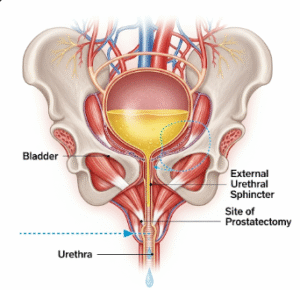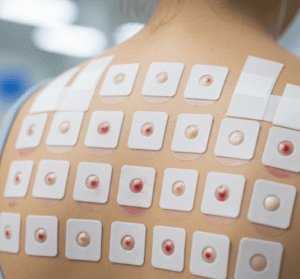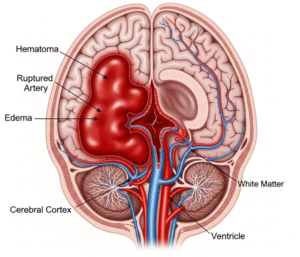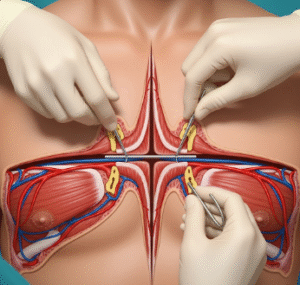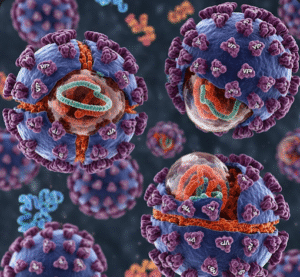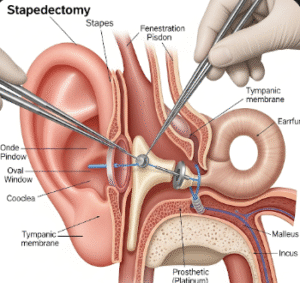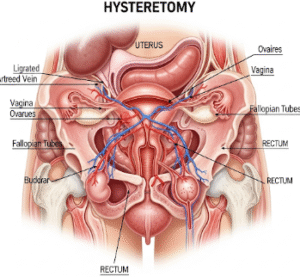What It Is
Dorsal augmentation is a rhinoplasty procedure designed to enhance or elevate the bridge of the nose. It involves adding cartilage, silicone implants, or other biocompatible materials to achieve a higher and more defined nasal dorsum. This procedure is especially popular in patients with a low or flat nasal bridge, commonly seen in Asian facial anatomy, aiming to improve facial balance and profile.
Why It’s Done
Patients opt for dorsal augmentation primarily for cosmetic enhancement, to achieve a more prominent and harmonious nasal bridge. It can also correct congenital deformities or post-traumatic flattening of the nasal bridge. Both men and women undergo this procedure, typically after facial growth is complete. Patients seeking a more refined or elegant nasal profile often choose this surgery.
Alternatives
Non-surgical alternatives include liquid rhinoplasty, where temporary fillers are injected to raise the nasal bridge. However, fillers provide only short-term results and cannot address structural issues. For mild concerns, makeup contouring may offer a temporary visual improvement.
Preparation
Preparation involves a detailed consultation with a Korean plastic surgeon to assess nasal anatomy, skin thickness, and facial proportions. Preoperative imaging and sometimes 3D simulations are used to plan the surgery. Patients should avoid smoking, certain medications, and alcohol before the procedure. Fasting may be required if general anesthesia is planned.
How It’s Done
Dorsal augmentation is performed under general or local anesthesia with sedation. The surgeon creates a small incision, typically inside the nostrils (closed technique), and carefully inserts the implant or cartilage graft to raise the nasal bridge. Cartilage can be harvested from the septum, ear, or rib. The surgery usually takes 1–2 hours, and most patients return home the same day.
Recovery
Recovery involves managing mild swelling, bruising, and discomfort. A nasal splint may be applied for 1 week to protect the nasal structure. Patients are advised to avoid strenuous activity for 2–3 weeks. Korean clinics provide follow-up visits to monitor healing, remove sutures, and ensure the implant is properly positioned.
Possible Complications
Potential risks include infection, implant shifting, asymmetry, extrusion of the implant, and dissatisfaction with the aesthetic outcome. Selecting an experienced Korean surgeon reduces these risks and ensures a natural-looking result.
Treatment Options in Korea
Diagnosis
Korean surgeons perform thorough evaluations including 3D imaging and nasal measurements to determine the ideal height and shape of the dorsal augmentation. Functional assessments ensure that breathing is not compromised.
Medical Treatments
While the main approach is surgical, minor contouring using dermal fillers is available for temporary bridge enhancement.
Surgical or Advanced Therapies
Korean clinics utilize advanced techniques such as autologous cartilage grafting, ultrathin implants, and precision insertion tools to achieve optimal results. Minimally invasive approaches reduce trauma and speed up recovery.
Rehabilitation and Support
Postoperative care includes monitoring for swelling, infection prevention, and follow-up consultations. International patients benefit from translation services, tailored recovery programs, and concierge assistance for a smooth treatment experience.
Advantages of receiving treatment in Korea include highly skilled surgeons, state-of-the-art technology, personalized aesthetic planning, excellent success rates, and cost-effectiveness for international patients.


